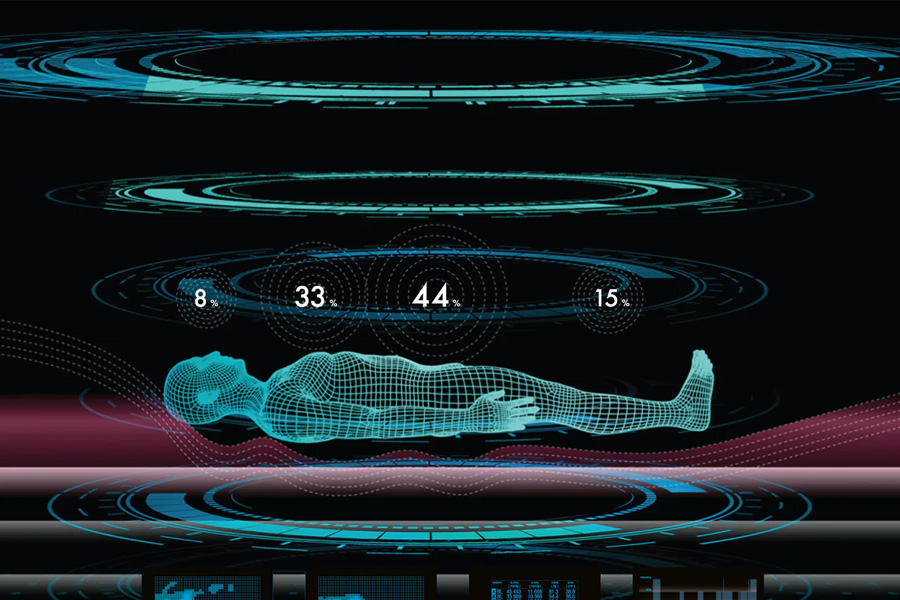
A good night’s sleep is essential for overall health and well-being. One significant factor that influences sleep quality is the mattress you use. Air mattresses, in particular, have gained popularity for their unique benefits. Let us get to learn more about sleep technology behind air mattresses and explore how they compare to traditional options like the Japanese mattress.
The Role of Sleep Technology
Modern air mattresses are a testament to advanced sleep technology. Unlike traditional mattresses, air mattresses allow for customizable firmness. This adjustability ensures that the mattress conforms to the sleeper’s body, providing optimal support and comfort. The ability to adjust firmness can be particularly beneficial for couples with different sleep preferences, as each side of the mattress can be set to a different firmness level.
Moreover, air mattresses often feature multiple air chambers, which enhance stability and prevent the mattress from sagging over time. This design minimizes motion transfer, ensuring that movements on one side of the bed do not disturb the person sleeping on the other side. As a result, air mattresses can significantly improve sleep quality for those who share their bed.
Benefits of Air Mattresses
Air mattresses offer several benefits that contribute to better sleep:
Pressure Relief:
Air mattresses reduce pressure points by distributing body weight evenly, which can prevent aches and pains. This is particularly beneficial for individuals with chronic pain or those recovering from injuries.
Temperature Regulation:
Many air mattresses come with built-in cooling technology, helping to regulate body temperature throughout the night. This feature can be especially advantageous for hot sleepers who struggle to maintain a comfortable sleeping temperature.
Hypoallergenic Properties:
Air mattresses are often made from materials that resist allergens, such as dust mites and mold. This makes them an excellent choice for people with allergies or asthma.
In Japan, a Japanese mattress, also known as a futon, has been used for centuries and is known for its simplicity and firm support. They are typically thin and laid directly on the floor, which promotes spinal alignment and reduces the risk of back pain. Over time, Japanese mattresses, through the help of technology, evolved into mattresses such as air mattresses that give comfort to their users.
Understanding the sleep science behind air mattresses highlights their potential to improve sleep quality through advanced sleep technology. With benefits such as adjustable firmness, pressure relief, and temperature regulation, air mattresses offer a versatile and comfortable sleep solution. Whether you choose an air mattress or a traditional Japanese mattress, prioritizing sleep quality is key to achieving better health and well-being.

